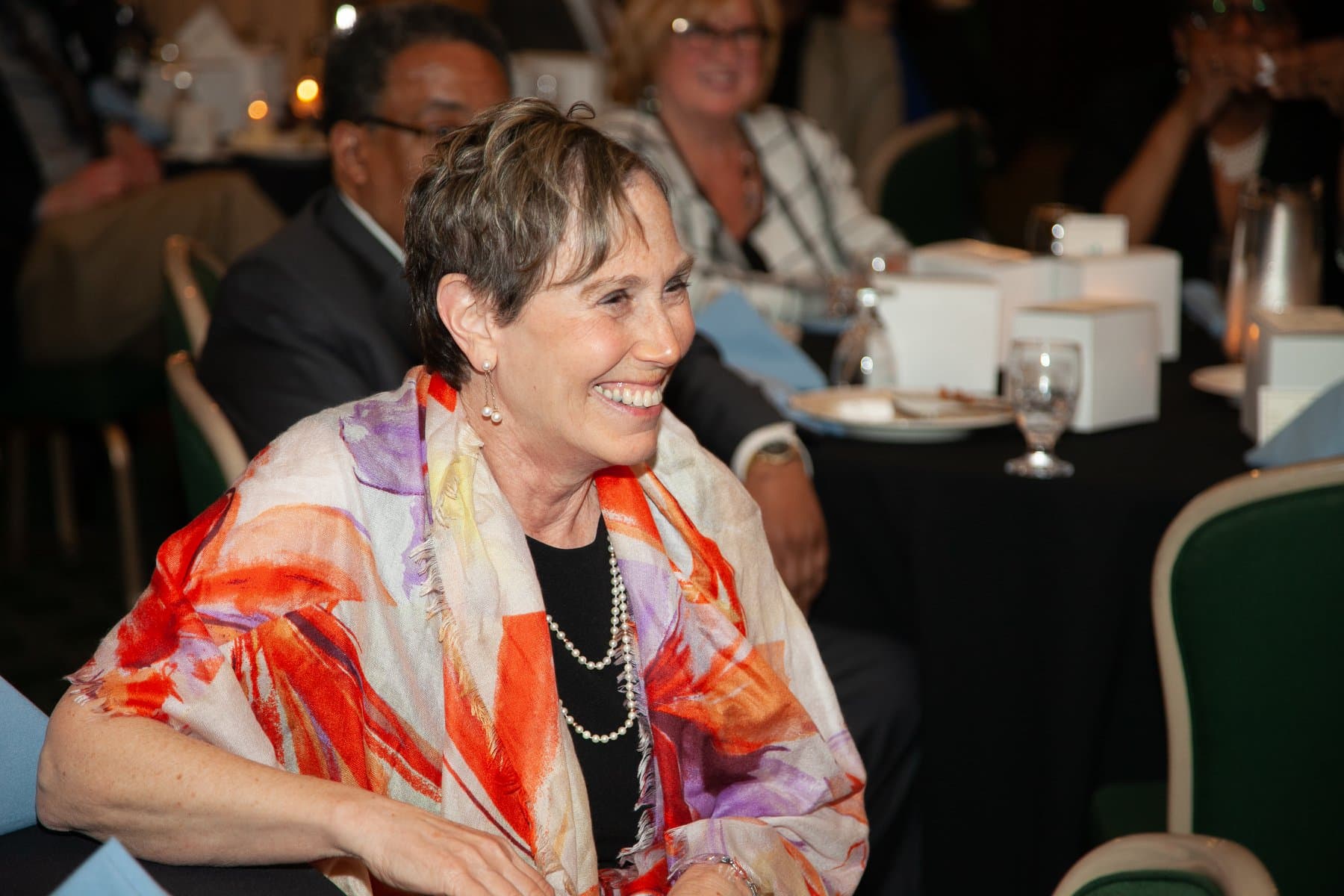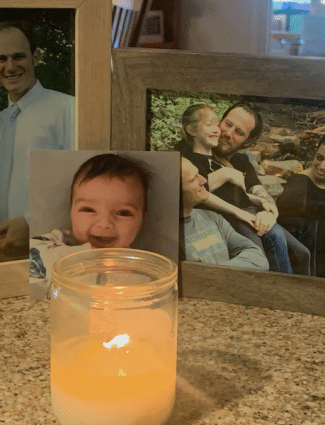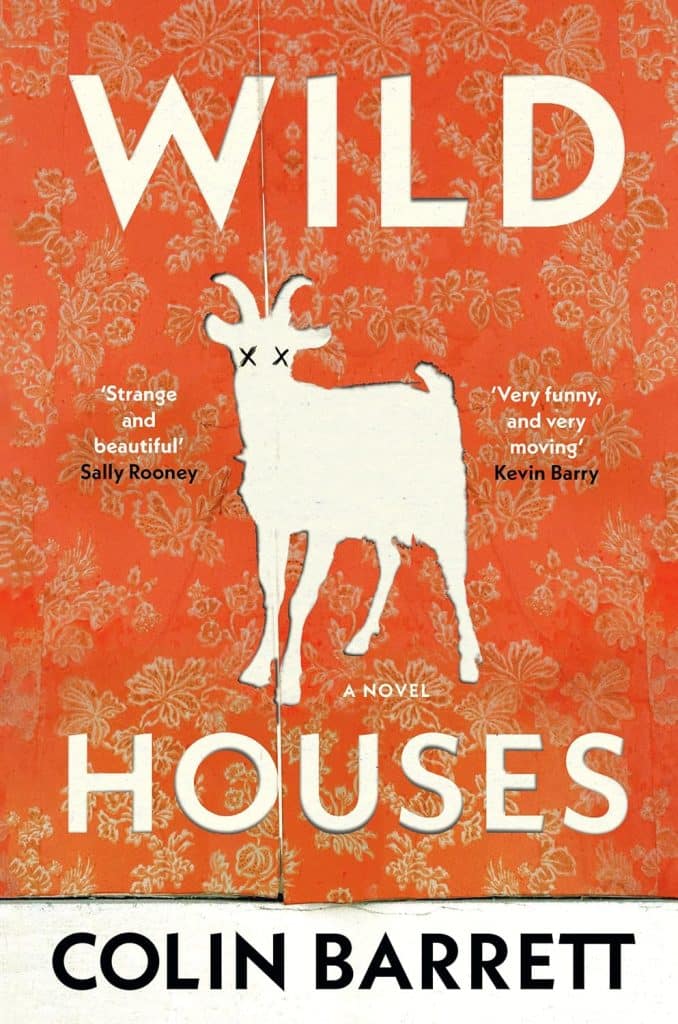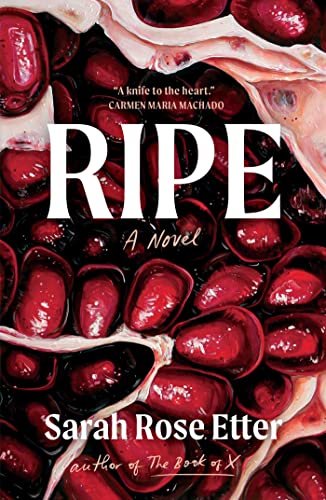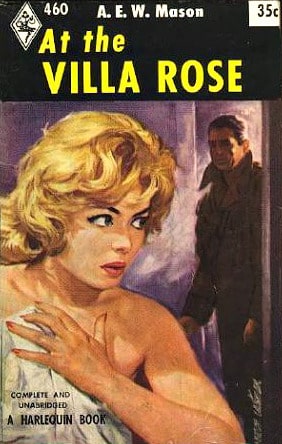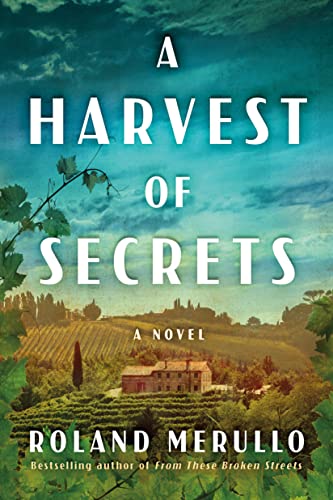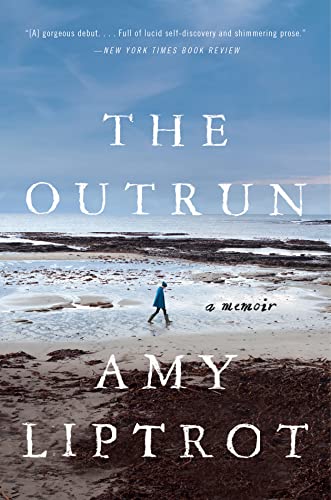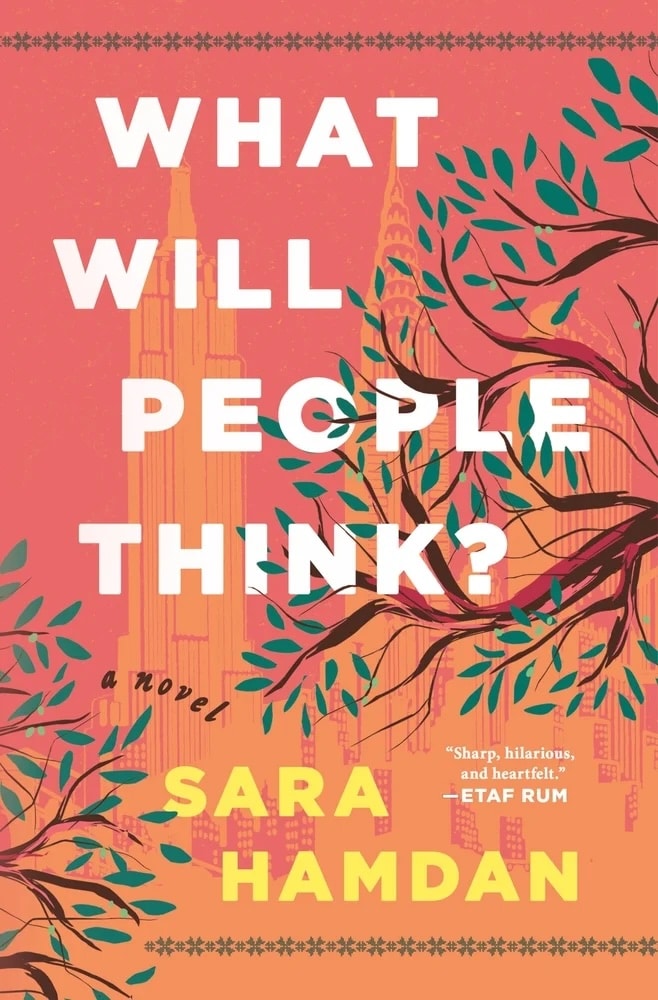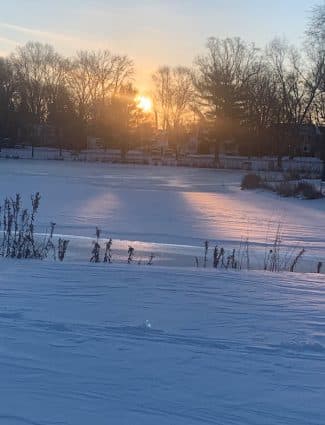
Love Radiates Even on a Frosty Morning
A Moment of Satori Sparks an Awakening in My Soul
Estimated reading time: 3 minutes, 37 secondsAs I stepped out into the brisk morning chill, the sun began ascent, painting the sky with soft hues. With each step of my walk, the world felt like it was waking up alongside me.
When I emerged from the public restroom in Nomahgen Park, the sun broke free from the grip of the trees and spilled its golden rays over the frozen lake, transforming the landscape into a breathtaking display of winter beauty. I halted, captivated, and snapped a photo, but it was more than just a picture—a moment of “Satori,” an awakening that stirred my soul.

As I walked through the door, I made my usual routine of checking for any urgent emails or phone messages. It’s a habit I’ve formed over time, yet I’ve never encountered anything so pressing that it could hold up my breakfast plans.
But today, it broke the mold. I stumbled upon a heartfelt email from my friend Bernie Wagenblast, the voice behind Cranford Radio. He was grateful for my recent blog post about the Rev. Dr. Martin Luther King, Jr. Distinguished Service Award. I rarely receive feedback on my writing, and this message made me pause for a moment. I often wonder if my words are reaching anyone beyond myself, and today, that little spark of connection felt like a much-needed affirmation.
The moment I glimpsed the email, the opening line piqued my interest: “I was so happy to read your latest blog post! Thank you for noting our conversation. Our friendship is one I cherish.
As I dove deeper, my excitement grew. We shared a love for Welcome to The Big Dipper, the musical I had been traveling to when I was caught in the subway turnstiles when Cindy notified me I would receive the award. Bernie had seen the show just three weeks earlier and even participated in a lively panel discussion afterward. How thrilling! Our connection over this enchanting production felt even more substantial.
As the sun climbed higher, casting a golden hue over the chaos unfolding from the coup against the federal government, I couldn’t help but reflect on the stark realities of our world. To find some tranquility amidst the turmoil, I dove into the pages of Martha Beck‘s “The Way of Integrity: Finding the Path to Your True Self.” I sought solace and clarity with each word, hoping to navigate the storm before us.
Ms. Beck offers concrete options for regaining integrity, which she defines as coming from “the Latin integer, which simply means ‘intact.’ To be in integrity is to be one thing, whole and undivided. When a plane is in integrity, all its millions of parts work together smoothly and cooperatively. If it loses integrity, it may stall, falter, or crash. There’s no judgment here. Just physics.”
Reflecting on the days following my wife’s passing, I realized how enlightening it might have been to dive into her book then. It sparked memories of reading David Brooks‘s “The Second Mountain: The Quest for a Moral Life,” a work that resonates deeply with me now. Both authors delve into the profound journey of uniting our mind, body, and soul to pursue a meaningful existence. Mr. Brooks eloquently outlines the four pillars that shape a life filled with purpose: commitment to a spouse and family, dedication to a vocation, embracing a philosophy or faith, and engagement with a community.
Looking back, I wonder if I even recognized the existence of a first mountain in my youth. The answer feels like a resounding no. Yet, when I met my wife, it seemed we were both instinctively scaling that second mountain, believing it was the only path worth following if we were to repair the world.
As the sun dipped below the horizon, painting the sky with hues of orange and pink, my mind drifted to a profound thought from Viktor E. Frankl’s “Man’s Search for Meaning.” He wrote, “Love is the most powerful force in the world. Our salvation is through Love and in Love.” His words echo deeply, reminding me that amid life’s challenges, love ultimately guides us and gives our existence meaning.
